In the ever-evolving landscape of the petroleum transport industry, the demand for robust and efficient vehicles like bottom loading petroleum tankers is on the rise, especially in a market as vibrant as South Africa. The nuances of selecting the right tanker can greatly influence operational efficiency. This article delves deep into the essential features, benefits, purchasing considerations, and the significant advantages that bottom loading petroleum tankers offer. It serves as an authoritative guide for users browsing for “bottom loading petroleum tankers for sale in South Africa.”
Understanding Bottom Loading Petroleum Tankers
What are Bottom Loading Petroleum Tankers?
Bottom loading petroleum tankers are specialized vehicles designed for the safe and efficient transport of various petroleum products. Uniquely equipped with bottom discharge systems, they facilitate quick loading and unloading processes while minimizing spillage and promoting safety.
| Feature | Details |
|---|---|
| Loading Type | Bottom loading for efficiency |
| Capacity Range | Typically between 10,000 to 40,000 liters |
| Materials Used | Corrosion-resistant steel or aluminum |
| Safety Features | Emergency shut-off valves, vapour recovery |
| Customizability | Options for different tank shapes and sizes |

The Importance of Tanker Design
The design of a bottom loading petroleum tanker is influenced by various factors, such as:
- Safety Regulations: Compliance with local and international safety standards is paramount.
- Load Capacity: Size and design specifications must cater to the volume and type of fuel being transported.
- Material & Durability: High-quality materials are necessary to withstand the chemicals transported while maintaining integrity over time.
Advantages of Bottom Loading Petroleum Tankers
1. Enhanced Safety Features
Safety cannot be overlooked in the petroleum transport industry. Bottom loading systems minimize the risk of spills during loading and unloading. Equipped with advanced safety measures including:
- Anti-siphoning mechanisms
- Emergency shut-off systems
- Vapor recovery systems
These features not only comply with regulatory standards but also provide peace of mind to operators and stakeholders.

2. Increased Efficiency
One of the most compelling benefits of bottom loading petroleum tankers lies in their efficiency. The bottom loading system allows for rapid filling and emptying, significantly reducing turnaround times. This is crucial for companies that operate under tight schedules or those handling large volumes regularly.
3. Environmental Considerations
As the world becomes more environmentally conscious, the design and operation of bottom loading petroleum tankers have adapted. Features such as vapor recovery systems minimize emissions during loading processes, making these vehicles more eco-friendly. Choosing a tanker that ensures minimal environmental impact reflects a company’s commitment to sustainability—an invaluable asset in today’s market.
Key Considerations When Purchasing a Bottom Loading Petroleum Tanker

1. Compliance with Local Regulations
Before making any purchasing decisions, it’s vital to ensure that the tanker complies with South Africa’s transport regulations. Regulatory frameworks dictate specifications relating to safety, emissions, and operational procedures. Engaging with local authorities early in the purchasing process can save downstream complications.
2. Tanker Specifications
Every operation has unique requirements based on the type and volume of fuel being transported. When evaluating potential purchases, consider:
- Capacity needs: Ensure the tanker can meet your quantity requirements without unnecessary overcapacity.
- Weight limitations: Understand the maximum load that can be transported without violating legal restrictions.
| Specification | Recommendation |
|---|---|
| Tank Coating | Epoxy or polyurethane for chemical resistance |
| Load Distribution | Analysis of how the weight is distributed for stability |
| Pump Type | Automatic vs. manual and their respective efficiencies |
| Piping Configuration | Standard vs. customized based on your operational needs |
3. Manufacturer Reputation
The manufacturer of your tanker can significantly influence your operational efficiency and safety. Choose a reputable supplier known for quality. We at CarMax Vehicle offer a wide range of premium bottom loading petroleum tankers, boasting robust construction, innovative design, and compliance with international standards. Our focus on quality and customer satisfaction makes us a leading choice in the South African market.

4. After-Sales Support
After the purchase is finalized, the relationship shouldn’t end there. Reliable after-sales support is crucial for:
- Maintenance services: Ensuring the longevity and reliability of the tanker.
- Upgrades and modifications: Adapting the vehicle as needs evolve over time.
- Training for operators: Ensuring that all operational personnel understand the equipment fully to maximize safety and efficiency.
The Cost of Bottom Loading Petroleum Tankers
The cost associated with purchasing bottom loading petroleum tankers can vary significantly based on:
- Size and capacity
- Material used
- Customization features
- Brand reputation
Investing in quality may present a higher upfront cost but will often yield superior returns in efficiency, safety, and durability. A well-maintained bottom loading petroleum tanker can last for many years, amortizing its initial cost over its lifespan.
Conclusion
In summary, bottom loading petroleum tankers play an indispensable role in the petroleum transport sector, providing unmatched efficiency, safety, and compliance with environmental standards. For businesses seeking to navigate the robust landscape of petroleum logistics in South Africa, choosing the right tanker is essential. CarMax Vehicle stands ready to provide top-tier options tailored to meet specific operational needs, ensuring that every partner can maximize their potential in a competitive market.

Frequently Asked Questions
What types of petroleum products can be transported using bottom loading tankers?
Bottom loading tankers can handle a variety of petroleum products including gasoline, diesel, kerosene, and even some chemical additives.
How do I identify the right capacity for my operations?
Capacity should be aligned with your operational demand. Conduct an analysis of average load requirements, considering factors like frequency of deliveries and regional regulations.

What safety measures should I consider when operating a bottom loading tanker?
Ensure that your tanker has necessary safety equipment, including emergency shut-off systems, anti-siphoning devices, and thorough operator training.
Can I customize the design of the tanker?
Yes, customization options are available based on your specific requirements—be it size, material, or functional features. Consult with manufacturers to explore tailored solutions.




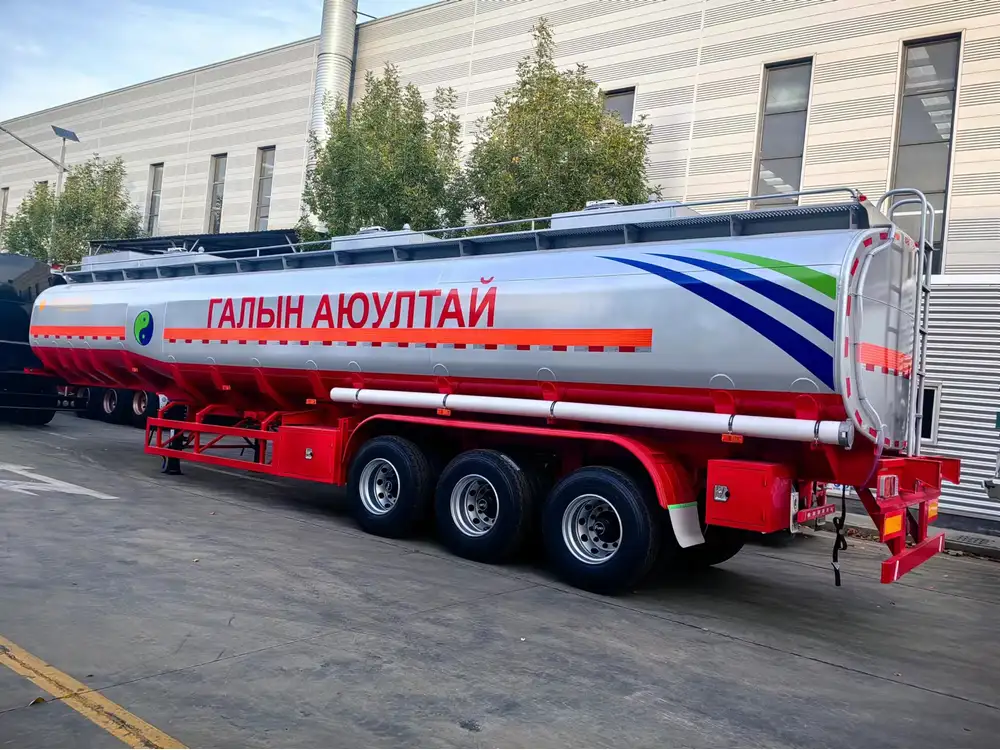
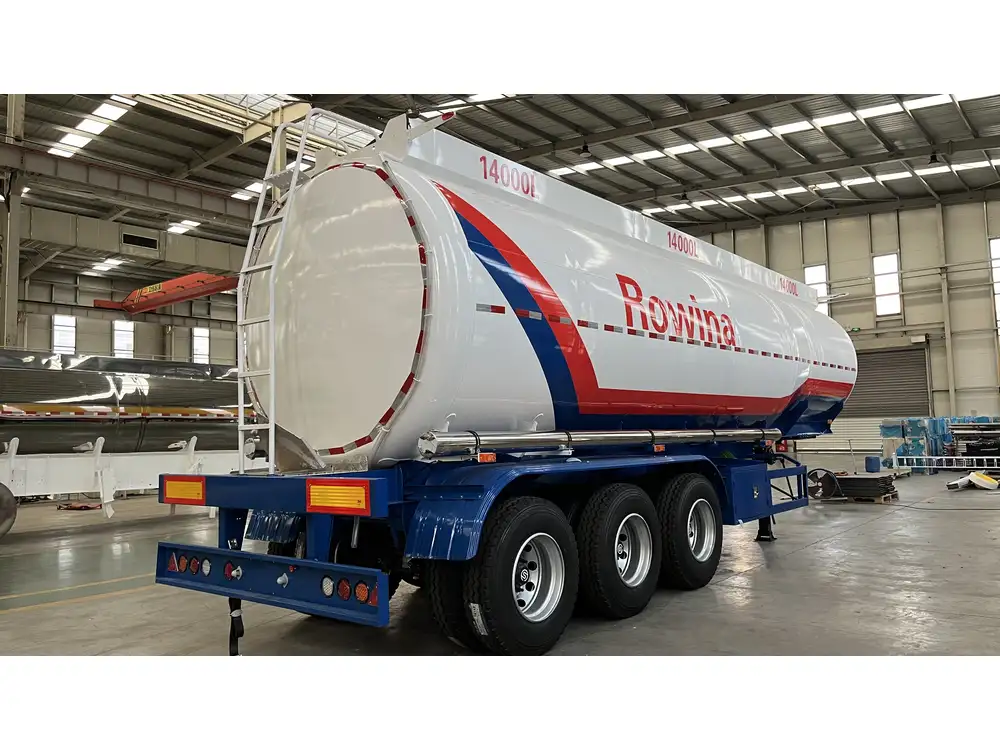
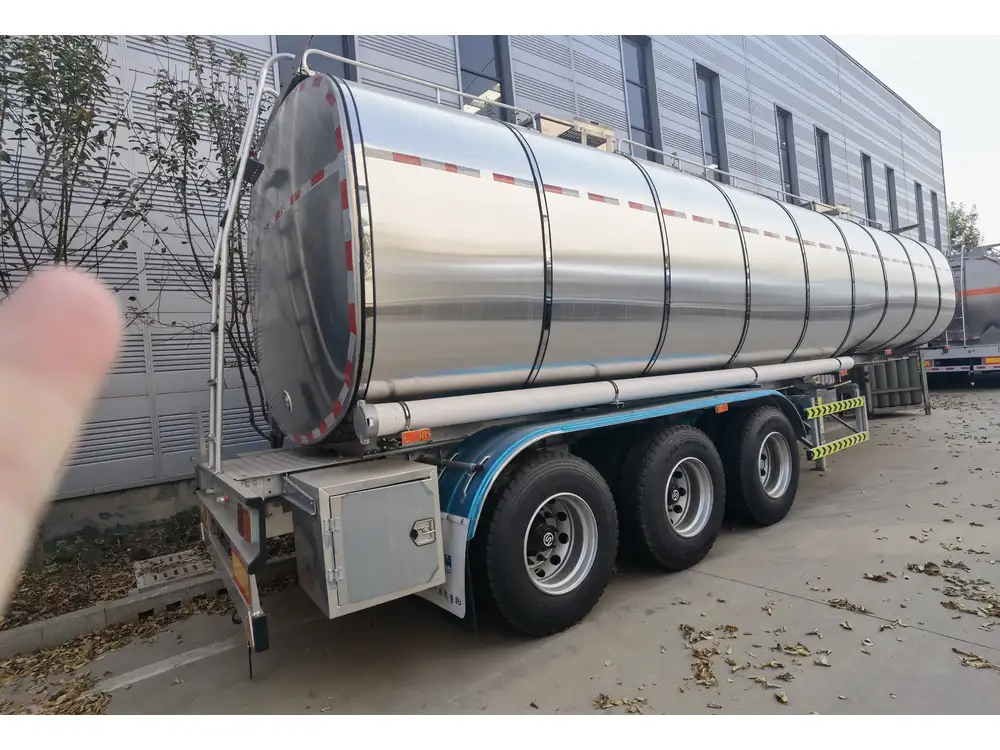

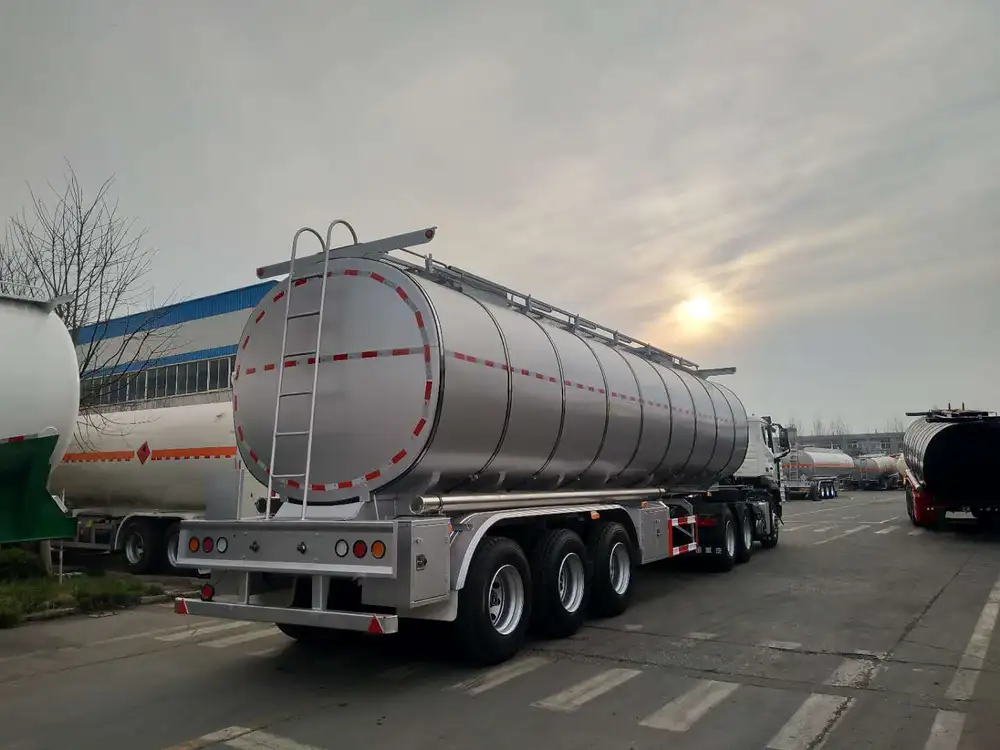

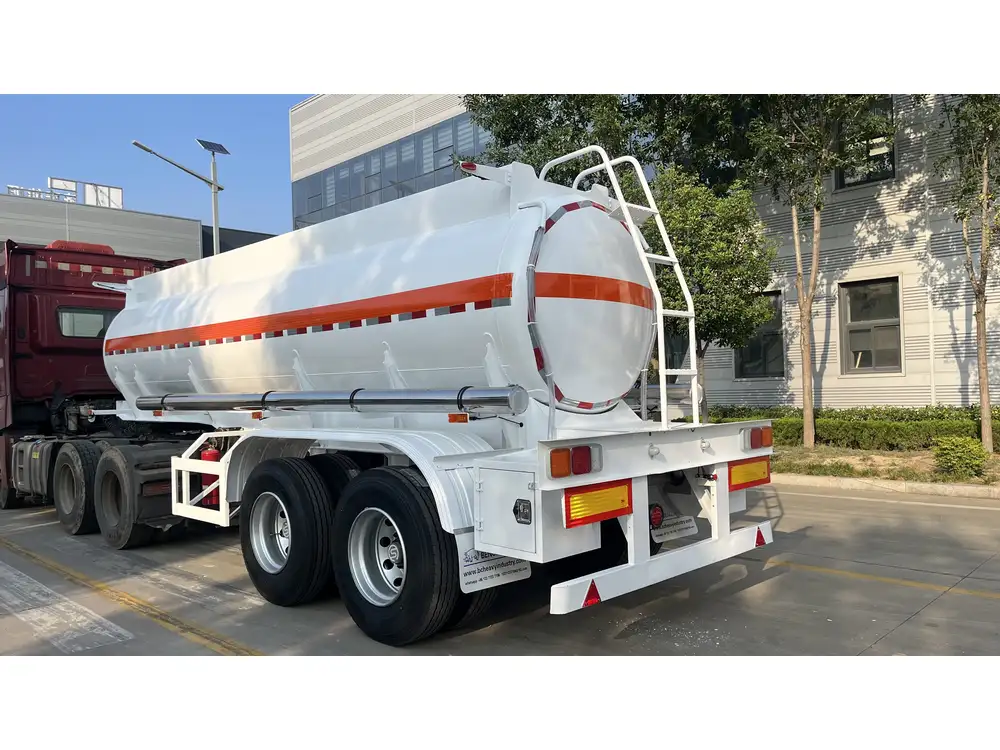


Reviews
There are no reviews yet.